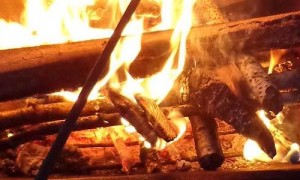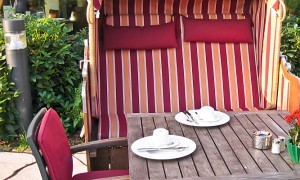Here in Jacksonville, Florida, we enjoy warm evening weather for nearly the entire year, and even the coolest nights in January can be cozy for someone wearing a fleece and sitting around a fire. This climate makes a backyard the perfect place to install a fire pit. You and your friends can think back to your childhood, when you roasted marshmallows and sang songs around a campfire. Unlike going to a state park, setting up your own fire pit—whether freestanding or built-in—requires some investigation and planning beforehand.
Check Your Local Laws
Fire marshals and city governments change by the year, and local fire ordinances are sometimes enacted without much public notification. If you are planning to install a fire pit in your backyard, check the laws of your city, county, and state government. What was legal last year may be illegal this year when it comes to where you install the fire pit. Dry seasons may also have an impact on when you can use the pit since cities often impose burning bans to avoid the chance of fires during droughts.
Check Your Family’s Interest
A fire pit can involve a small setup or a huge investment of time, depending on what type you plan to install. The personality and interests of your friends and family will help to determine how much effort you want to expend. If you are big on entertaining and give frequent large dinner parties, think about asking some friends to help out on a weekend to install a large, permanent fixture. Line the pit with flagstones or bricks, build log seating around the well, and pour a large circle of sand or gravel around the area as a fire break. On the other hand, if you would like to enjoy the occasional fire, but your children get bored with it after half an hour, clear an area in the center of your yard for a portable fire pit on legs.
Check Your Fuel
If your yard is large enough, you may have a constant supply of twigs, branches, and dead leaves that make ideal fuel for your fire pit. On the other hand, dead weeds and grass, old newspapers, and other paper products are not quite as useful for creating a campfire or bonfire. Lightweight items such as paper can float away in rising heated air, creating a fire hazard for the neighborhood. Stick with smaller twigs and branches for starting the fire, and move on to larger branches and even commercially cut logs to feed the fire throughout the evening.
[cf]skyword_tracking_tag[/cf]






